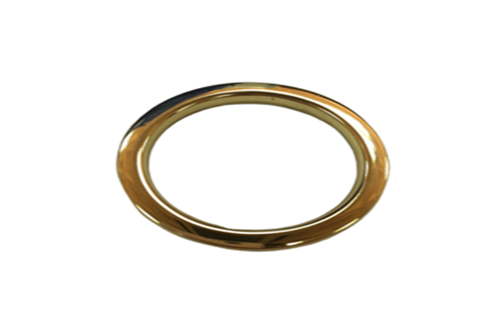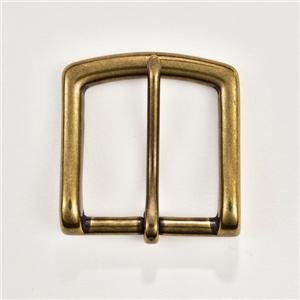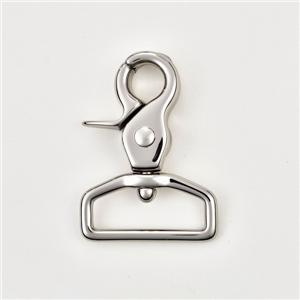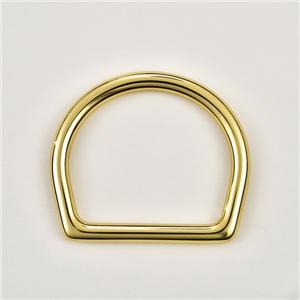O-ring selection principle introduction
O-rings are versatile and can be used not only for the connection of bags but also for the sealing of equipment. Popular with consumers. Today, Xiaobian talks about the selection principle of the O-ring, and hopes to help everyone.
1. Material and hardness selection principles
The hardness of the O-ring material depends on the working pressure, the clearance value and application (dynamic and static seals) and the surface quality of the seal assembly. For standardized applications, the recommended material hardness is Shore A70, and at high pressures (above 20 MPa) or under pulsed pressure conditions, the hardness of the material needs to increase accordingly.
The O-ring has good sealing performance and the sealing pressure ranges from 1.33×10-5Pa to 100MPa. Due to its simple structure, reliable performance, low price and easy selection, it is widely used in various dynamic and static seals. occasion.

2. Size selection principle
(1) Principle of selection of the cut-off diameter d2 of the O-ring.
In order to obtain a better sealing effect, the cross-sectional diameter d2 of the O-ring should be selected as much as possible. In dynamic sealing applications, larger diameters are recommended for the same inner diameter d1, taking into account the dimensional tolerance factor. In static sealing applications, the use of smaller cutting diameters with smaller cutting diameters is more secure and more reliable.
(2) Selection principle of O-ring inner diameter d1.
The selection principle of the O-ring inner diameter d1 is that the O-ring allows a certain degree of stretching and extrusion during installation, which does not affect the sealing effect. When used in radial hole sealing applications, the O-ring will be stretched during installation, ie d3 > d1.
Recommended stretch: Take (2~5)%. In the case of a radial shaft seal, the O-ring will be squeezed during installation, ie da > d6. Recommended extrusion: take (1~3)%.
The above is about the introduction of the O-ring selection principle. I hope that everyone can understand the O-ring selection principle and help everyone choose the O-ring.




